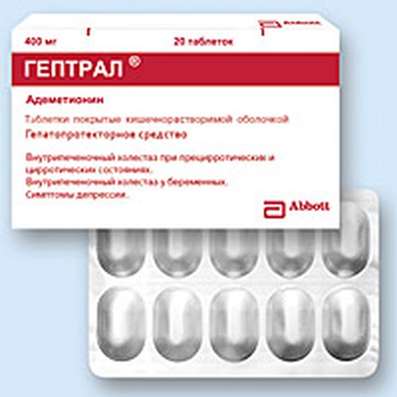Instruction for use: Adiuretin SD
I want this, give me price
ATX Code H01BA02 Desmopressin
Active substance: Desmopressin
Pharmacological group
Hormones of the hypothalamus, pituitary gland, gonadotropins and their antagonists
Nosological classification (ICD-10)
E23.2 Non-diabetes mellitus
Diabetes insipidus, Non-sugar, Renal form of diabetes insipidus, Non-hypophyseal diabetes pituitary (central)
R32 Urinary incontinence unspecified
daytime enuresis, Idiopathic bladder instability, Urinary incontinence, nocturia, The disorder of the bladder sphincter function, Spontaneous urination, Mixed forms of urinary incontinence, Functional disorders of micturition, Functional micturition disorders, Functional enuresis in children, Enuresis
Composition
1 ampoule with 1 ml solution for injection contains desmopressin acetate 4 μg; In the box 5 pcs.
1 ml of solution for instillation into the nose - 0.1 mg (1 drop - 5 μg); In the bottles-droppers for 5 ml, in the box 1 bottle.
pharmachologic effect
The pharmacological action is vasopressin-like.
It has an antidiuretic effect, activates VIII clotting factor and promotes an increase in the plasma plasmin activator level.
Pharmacodynamics
When diabetes insipidus improves the reabsorption of water from the distal tubules of the kidneys, while simultaneously increasing the relative osmotic density of urine. This helps to reduce the frequency of urination and eliminate the increased need for liquids.
Indications
Drops: diabetes insipidus, bedwetting; When studying the concentration ability of the kidneys.
Solution for injection: diabetes insipidus (diagnosis and treatment), acute polyuria after operations on the pituitary, hemophilia, von Willebrand disease.
Contraindications
Hypersensitivity; Conditions, accompanied by a decreased relative osmotic density of blood plasma, incl. Psychogenic and habitual polydipsia; Fluid retention of various etiologies, incl. With chronic heart failure; Anuria.
Side effects
Nausea, vomiting, abdominal cramps, headache, difficulty urinating, excessive sweating, irritation of the nasal mucosa.
Dosing and Administration
Intranasal, with diabetes insipidus 1-3 drops 2-3 times a day. At night urinary incontinence - 2-10 drops at night. In / in and / m, with diabetes insipidus - 1 ml (1 ampoule) for 8 hours, higher doses should be administered IV slowly, as a drip infusion. Injections are also used when intranasal application is not possible, or a more accurate dosage is needed.
When studying the concentration ability of the kidneys: the recommended dose of 3 drops (about 15 μg), children over 1 year - 2-3 drops (about 10-15 μg). Immediately after the introduction of the patient, it is necessary: to empty the bladder and during the test and 4 hours after its end (only 8 hours) to limit the flow of fluid. For the next 4 hours after using the drug every hour, urine samples of the patient are collected to determine osmolality. If the test shows a decrease in the concentration ability of the kidneys, the test should be repeated.
With the development of acute central polyuria: intranasal by 2 drops. The onset of action should be expected in 30 minutes. Within 1 h, the balance of fluid intake in the form of infusions and diuresis should be normalized. If within 1 hour there is no normalization of the balance, it is recommended to switch to injection (more often in / in).
Precautionary measures
A kidney nephrologist should study the concentration ability of the kidneys. In children under 1 year, a concentration test with Adiuretin SD is carried out in exceptional cases. The use of high doses in children under 1 year can lead to the development of seizures and other neurological and mental symptoms. In the case of testing in children under 1 year during the collection of urine should completely eliminate the intake of liquid.
storage Conditions
In a cool, dark place at a temperature of 5-15 į C.
Keep out of the reach of children.
Shelf life
2 years.
Do not use after the expiry date printed on the package.

 Cart
Cart





